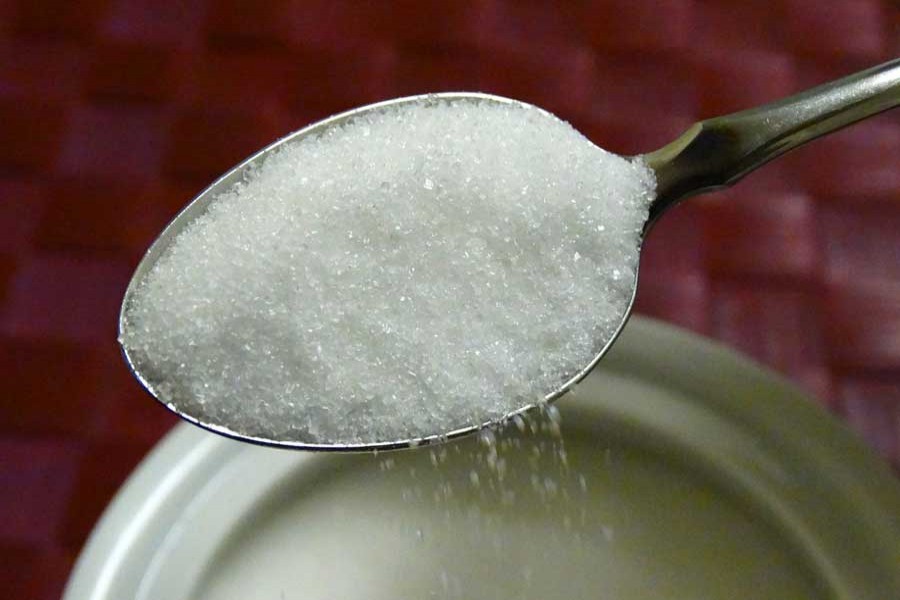Rescuing the state-owned sugar mills from what many think inevitable collapse has, so far, remained a matter of discussion only. Loss making sugar mills have been a burden for the government for long. Attempts to bolster them for increased productivity and profitability have not produced any worthwhile result till now. In fact, government efforts in this direction smacked of tokenism because whatever stray moves were taken did not actually promise to bring any noticeable improvement in the overall performance of the sugar mills. Like most other state-run entities burdened with loss, wastefulness and inefficiency, the sugar mills have also earned the white elephant tag, requiring hefty funds from the state coffer every year to pay for their mounting losses.
Lately, it has been learnt that the government is stepping up efforts to diversify production in the state-owned sugar mills by tapping the existing potential in order to make them profitable. The Bangladesh Sugar and Food Industries Corporation (BSFIC) has, reportedly, been asked to carry out feasibility study on possible areas where diversification could be made. The diversification project the government is mulling may not necessarily be limited to sugar-related products, in that the move is basically to utilise the land and resources of the sugar mills. Some of the products likely to figure in the diversification project may include paper and food products, according to official sources.
Of the 16 state-owned sugar mills, 15 produce only sugar, and none makes any money. The remaining one that runs profitably produces besides sugar, alcohol from sugarcane. That the mills producing only sugar run at a loss explains the fact that there should have been attempts to include more allied products to render the mills self-sustaining and also profitable. One of the key issues that should have been looked into long back is that with only three-four months of productive operation, the sugar mills cannot be expected to avoid loss. Another issue that goes with this is that increasing the productivity of the mills is dependent on sugarcane harvest. Experts hold that in the context of Bangladesh, only sugar production cannot make a mill viable. It is unfortunate that this realisation came rather late, although there is no reason why it did not make itself felt long ago. So, proper utilisation of by-products of sugar as well as exploration of the prospect of producing newer, preferably allied, products should receive urgent attention of the authorities.
Running these mills profitably is very crucial, perhaps even going beyond domestic market intervention, as around half a million sugarcane farmers depend solely on these mills for their livelihood. Thus sustaining these mills is equally important to ensure wellbeing of a large number of people dependent on them; and this can only be expected to be achieved by running these mills efficiently and innovatively, also taking into account the inherent lacunas not addressed for decades.


